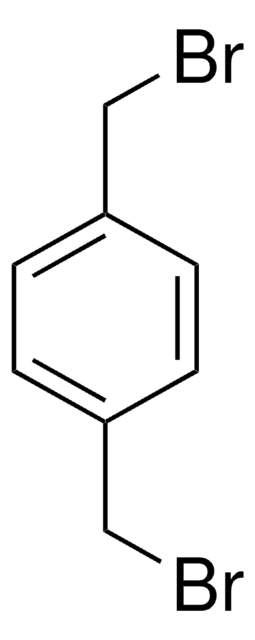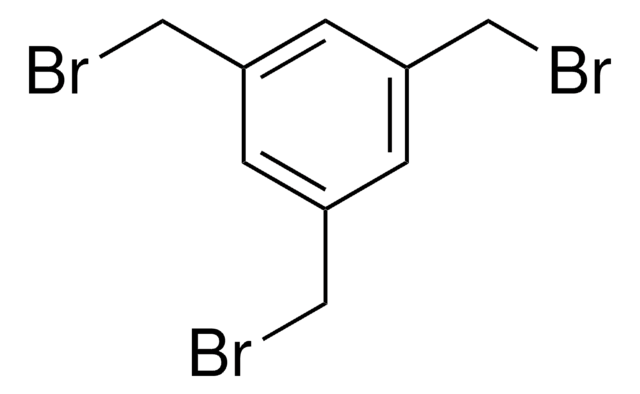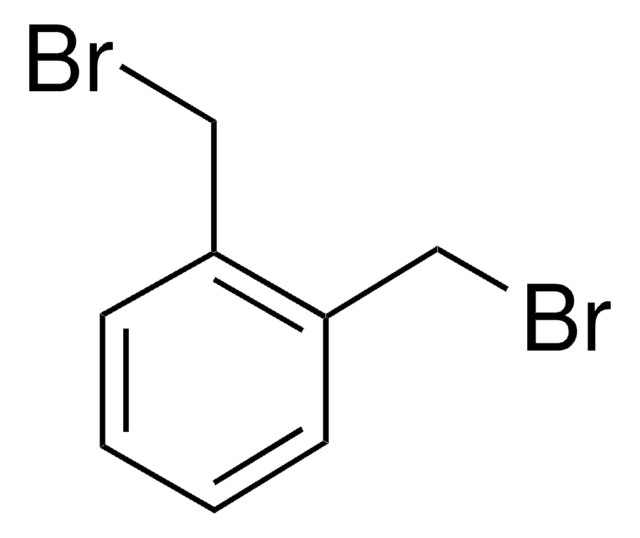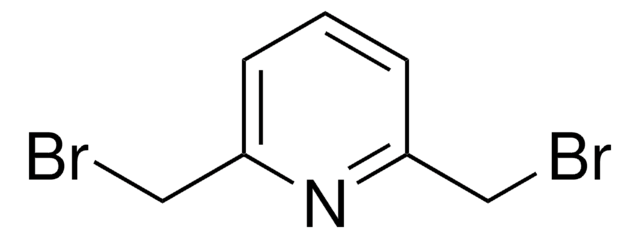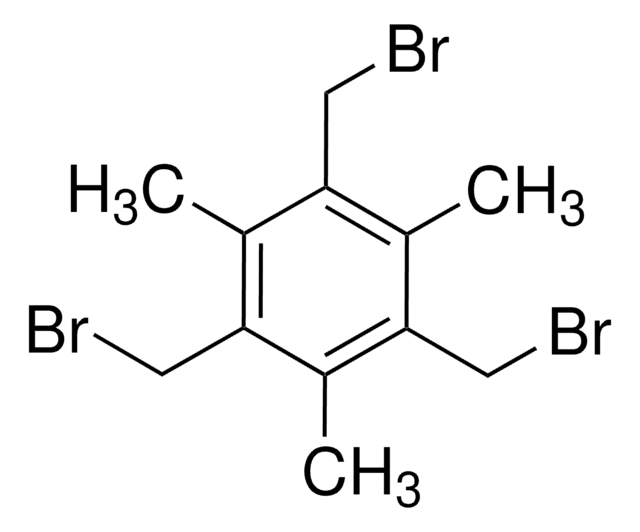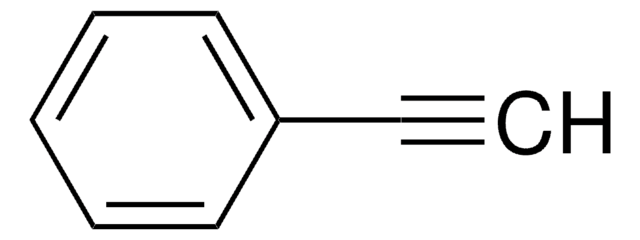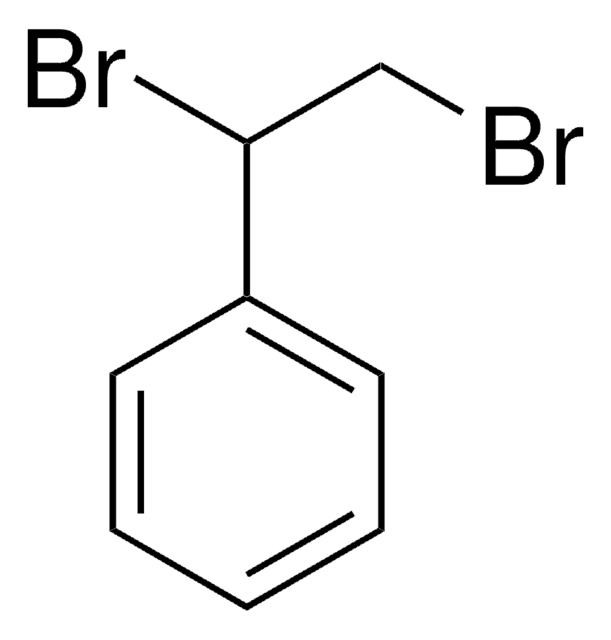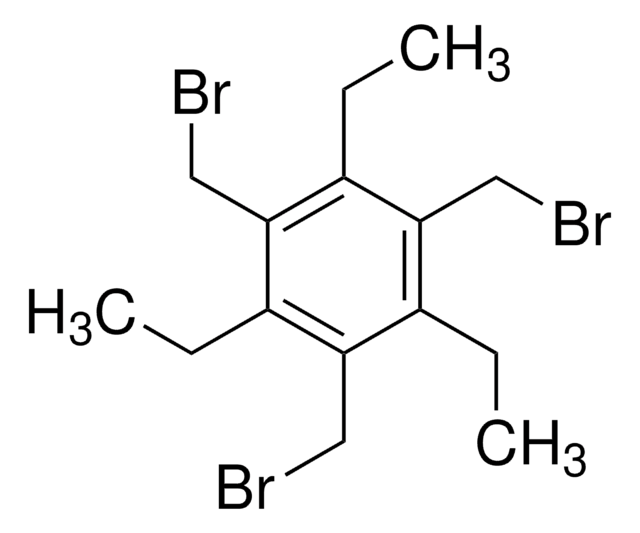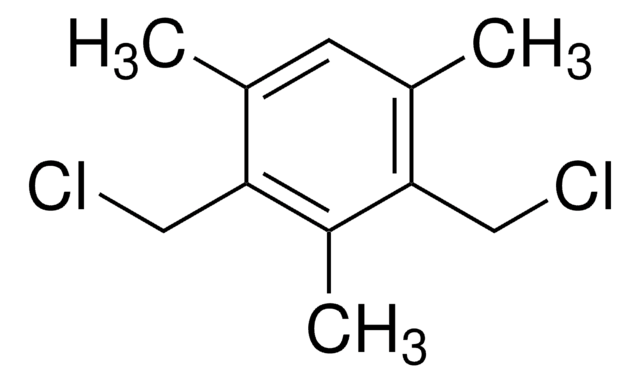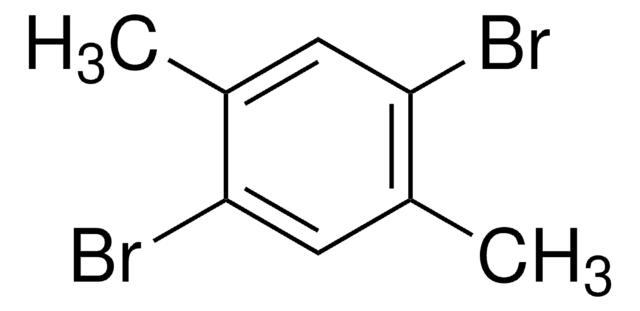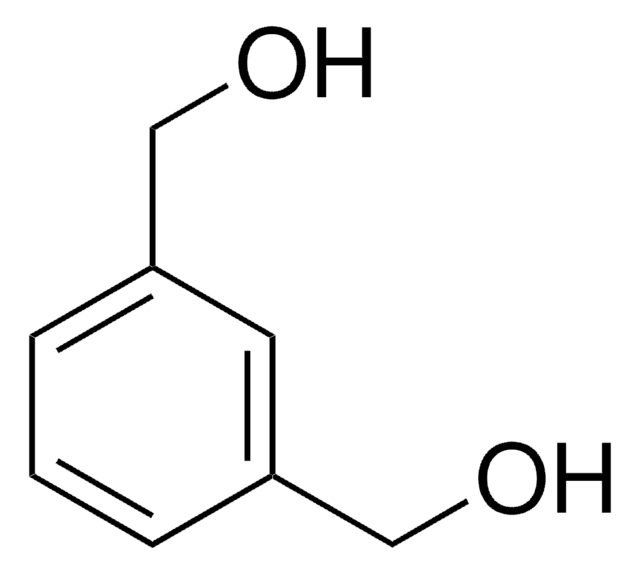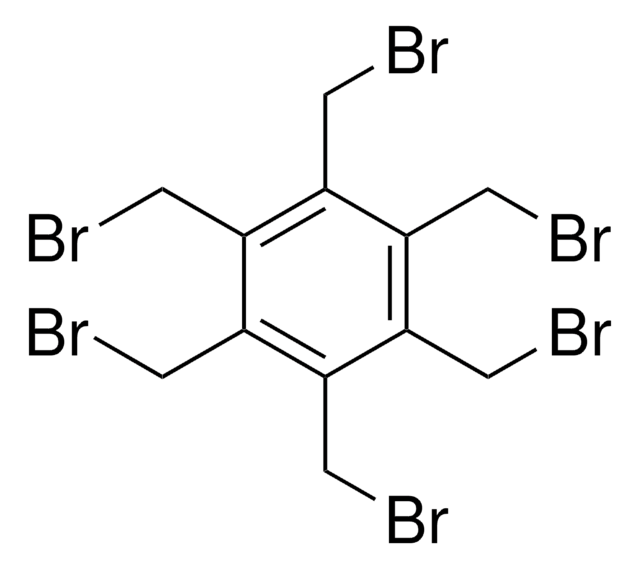125911
α,α′-Dibromo-m-xylene
97%
Synonym(s):
1,3-Bis(bromomethyl)benzene, m-Xylylene dibromide
Sign Into View Organizational & Contract Pricing
Select a Size
All Photos(1)
Select a Size
Change View
About This Item
Linear Formula:
C6H4(CH2Br)2
CAS Number:
Molecular Weight:
263.96
Beilstein:
971085
EC Number:
MDL number:
UNSPSC Code:
12352100
PubChem Substance ID:
NACRES:
NA.22
Recommended Products
Quality Level
Assay
97%
form
solid
bp
135-140 °C/20 mmHg (lit.)
mp
74-77 °C (lit.)
functional group
bromo
SMILES string
BrCc1cccc(CBr)c1
InChI
1S/C8H8Br2/c9-5-7-2-1-3-8(4-7)6-10/h1-4H,5-6H2
InChI key
OXHOPZLBSSTTBU-UHFFFAOYSA-N
Looking for similar products? Visit Product Comparison Guide
Related Categories
General description
α,α′-Dibromo-m-xylene can cross-link and cyclize peptides containing two cysteine residues.
We are committed to bringing you Greener Alternative Products, which adhere to one of the four categories of Greener Alternatives. This product belongs to category of Re-engineered products, showing key improvements in Green Chemistry Principles “Waste Prevention”, “Atom Economy” and “Safer Solvents and Auxiliaries”. Click here to view its DOZN scorecard.
Application
α,α′-Dibromo-m-xylene has been used in preparation of four novel dinuclear half-titanocenes with meta- and orthoxylene bridges as new metallocenes. It was used in the synthesis of dissymmetrical bis-macrocyclic salt.
Signal Word
Warning
Hazard Statements
Precautionary Statements
Hazard Classifications
Eye Irrit. 2 - Skin Irrit. 2 - STOT SE 3
Target Organs
Respiratory system
Storage Class Code
6.1A - Combustible acute toxic Cat. 1 and 2 / very toxic hazardous materials
WGK
WGK 3
Personal Protective Equipment
dust mask type N95 (US), Eyeshields, Gloves
Choose from one of the most recent versions:
Already Own This Product?
Find documentation for the products that you have recently purchased in the Document Library.
Customers Also Viewed
Preparation of new dinuclear half-titanocene complexes with ortho- and meta-xylene linkages and investigation of styrene polymerization.
Linh NTB, et al.
Journal of Organometallic Chemistry, 694(21), 3438-3443 (2009)
Florian P Seebeck et al.
Journal of the American Chemical Society, 128(22), 7150-7151 (2006-06-01)
Dehydroalanine is a nonproteinogenic amino acid, but it is a component of a wide variety of natural products with therapeutic activities. Indeed, this alpha,beta-unsaturated residue is a highly versatile building block due to its rigidifying effect on peptide backbones and
Bis-aminals: efficient tools for bis-macrocycle synthesis.
Le Baccon M, et al.
New. J. Chem., 25(9), 1168-1174 (2001)
Our team of scientists has experience in all areas of research including Life Science, Material Science, Chemical Synthesis, Chromatography, Analytical and many others.
Contact Technical Service